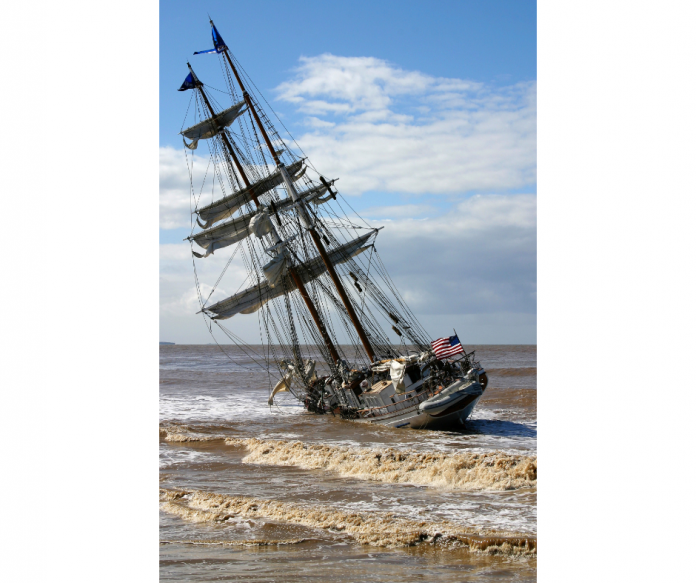

Prevent Sailing Breakdowns – This very handy list was created by good mate David Dellenbaugh as part of his excellent Speed and Smarts collection. https://www.speedandsmarts.com/
Sailing fast and smart is hard enough when your boat stays in one piece. But when something breaks, it can upset your entire rhythm and kill your speed. Therefore, you must view breakdowns as your enemy.
Work hard on your boat in between races, and treat it with respect on the water. For example, when you have more than 15-20 knots of wind, don’t do unnecessary jibes and never let your sails flog unless it’s absolutely essential.
If you’re using vang tension upwind, be sure to ease it before you bear off to go downwind. And when you need more genoa luff tension, don’t grind the halyard up with the sail fully loaded.
Below is a checklist of areas on your boat where breakdowns are most likely. Inspect these each race morning before you rig your boat. Better yet, check them a day or a week before your race.
If you sail more than one race in a day, go over this list again in between races. When it comes to breakdowns, you can’t be too careful or too prepared.
Hiking straps.
On one-design boats, this is #1 on the list because it’s a common disaster. How many times have you seen or heard about someone going overboard because their hiking strap broke or came untied? Check all your straps for wear: especially inspect the attachment fittings, lines and knots.
Rubber hiking stick universal.
If you have a tiller with a rubber universal, check this regularly (especially in colder weather) for cracks. Use the type that has an internal wire in case the rubber cracks. In hot weather, put sunscreen on the universal to slow aging and drying due to the sun.
Sheets and guys.
Check over all running rigging to ensure no lines have worn spots where they might break. If possible, turn your sheets end for end every so often, like rotating tires on your car. On smaller boats, attach sheets by tying. If you use shackles, make sure these are working properly.
Halyards. Prevent Sailing Breakdowns
Broken halyards are another common failure. Check the full length of halyards for chafe marks, burrs, etc. Look especially at points where the hoisted halyard sits on the sheave and where it connects to the shackle. Put a two-block mark on each halyard so you won’t grind it into the sheave.
Boom vang.
The vang takes a lot of abuse, so check it frequently for wear and tear. Look for frayed line or wire, and problems at the attachment points on the mast or deck and boom
Spinnakers.
Even a small hole in a chute can turn into a blowout, so inspect your spinnakers carefully for holes, tears or bunched-up seam threads.
Turnbuckles and mast fittings.
In heavy air, the strain on your mast and shrouds is huge, so don’t risk failure here. Make sure all turnbuckles and pins are tight and secured. Tape tightly around all fittings and sharp edges to keep them in place and prevent tears and injuries.
Battens. Prevent Sailing Breakdowns
Check your mainsail and jib battens to be sure that a) they are not broken; b) the correct (more flexible) ends are inserted first; c) the inboard ends are centred in the elastic d) the pockets are securely closed at their outboard ends.
Rudder fittings.
Gudgeons and pintles are common heavy-air victims, so check to be sure these are secured tightly. Inspect each closely for stress cracks.
Outhaul.
Examine the wire and car/shackle assembly closely. If you don’t have a flattening reef for a backup, I recommend using a small piece of line as a safety.
Winches.
Clean and lubricate your winches on a regular basis, especially before sailing in heavy air. The last thing you need is to have one of your primaries seize up just after the start of a windy race.
Spare equipment.
One of the best and quickest ways to repair a breakdown is with a spare, so consider carrying extra essentials such as a winch handle, guy, running backstay and spinnaker pole (especially in heavy air when breakdowns are more likely and extra weight won’t hurt you so much).
Ditty bag. Check your ditty bag to make sure all essential tools and supplies are there.
First aid kit. Be sure you have all the necessary first aid supplies in case of human breakdown.







